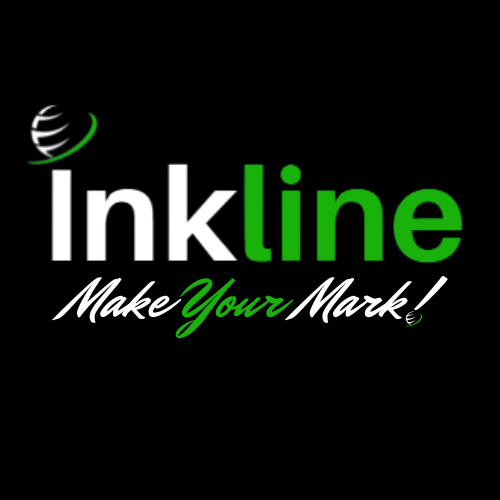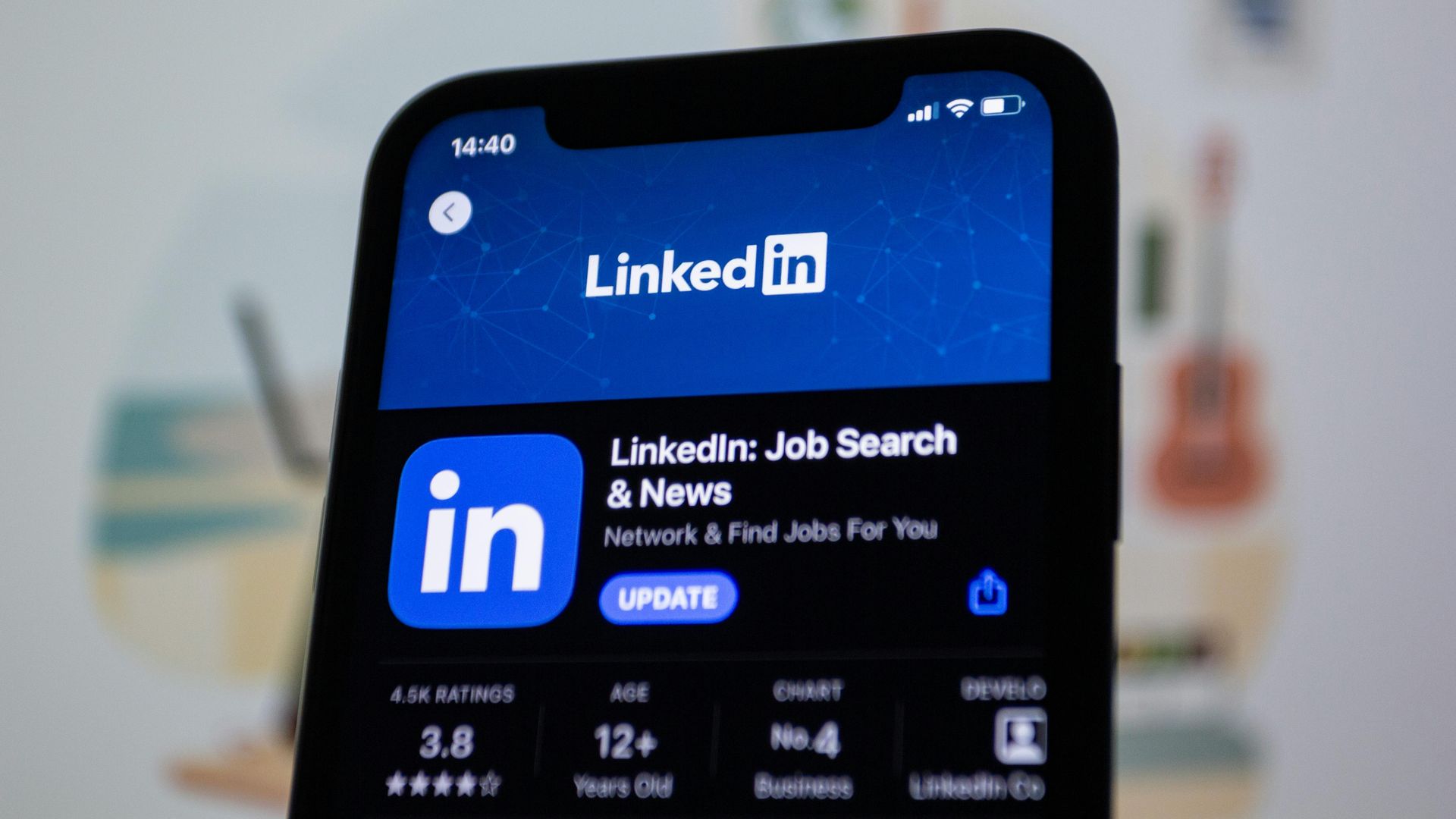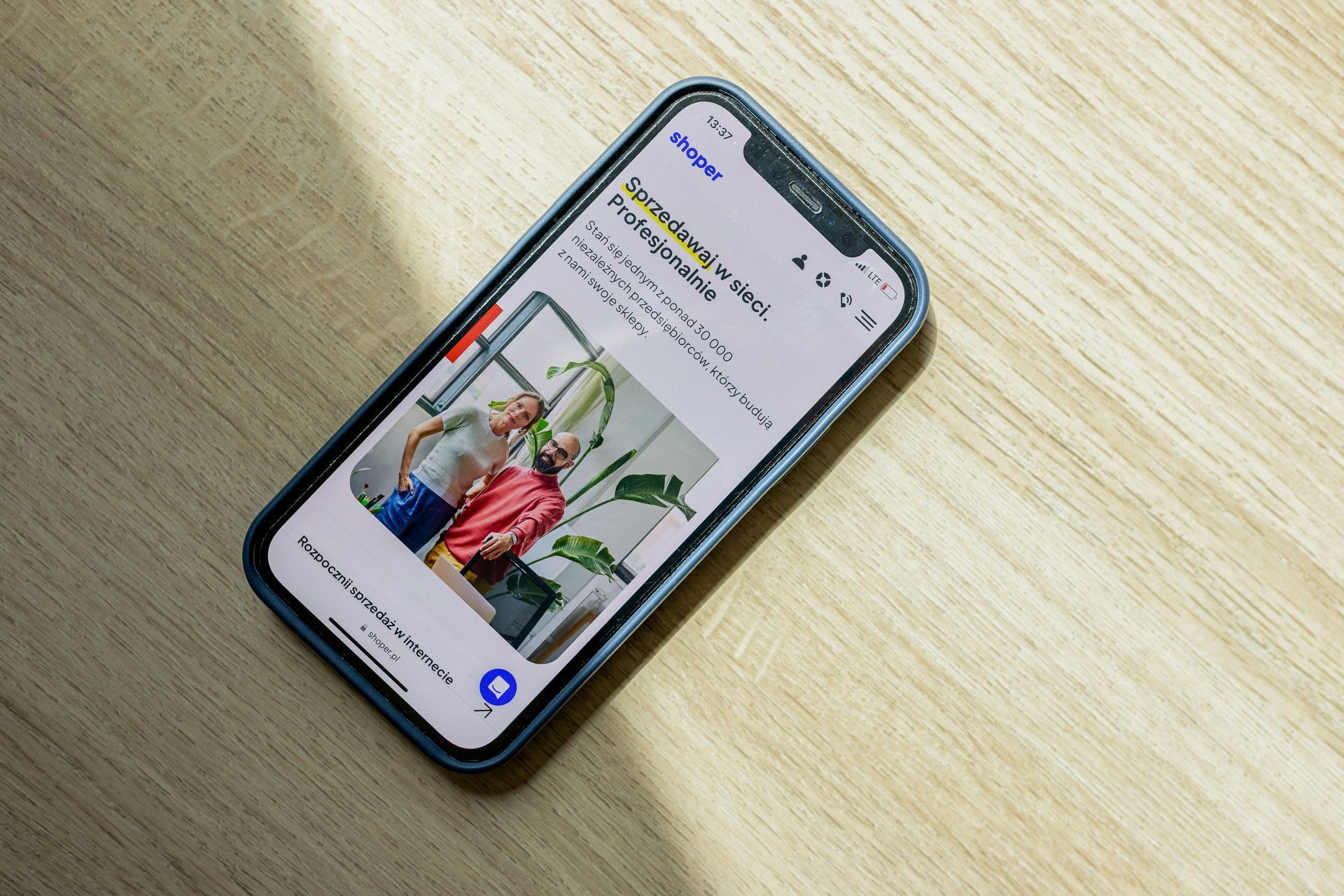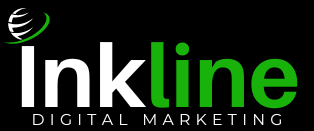Beyond ROAS and Vanity Metrics
Numbers tell stories. But not all stories matter.
For too long, digital marketers have chased the wrong narratives in paid media. We track clicks, celebrate impressions, and report ROAS figures that look impressive but ultimately fail to answer the only question that matters: is our advertising actually profitable?
The evolution of PPC has brought sophisticated targeting options, automation, and an explosion of channels. Yet many advertisers remain stuck in an outdated measurement paradigm that prioritizes activity over outcomes.
This disconnect costs businesses millions in wasted ad spend annually and undermines the strategic value of paid media within organizations. The solution isn't more metrics but better ones. Metrics that connect directly to business profitability and growth.
The False Comfort of Traditional PPC Metrics
When Google first launched AdWords (now Google Ads) in 2000, digital measurement was in its infancy. Advertisers naturally gravitated toward what they could easily measure: clicks, impressions, and click-through rates.
These metrics provided immediate feedback and simple benchmarks. They were easy to report, easy to understand, and created a comforting illusion of performance.
The problem? They reveal almost nothing about actual business impact.
A campaign can generate thousands of clicks while producing zero sales. An ad can have a stellar click-through rate while attracting completely unqualified traffic. Impressions can reach millions without creating a single new customer.
As measurement capabilities evolved, advertisers began tracking conversions and calculating return on ad spend (ROAS). This represented progress but introduced a new set of limitations that many organizations still haven't recognized.
Why ROAS Falls Short
ROAS has become the gold standard for many digital advertisers. At first glance, it seems logical: for every dollar spent on advertising, how many dollars in revenue did we generate?
A 300% ROAS means $3 in revenue for every $1 spent on ads. Sounds great, right?
But revenue isn't profit. And this fundamental distinction creates major blind spots in how businesses evaluate their paid media performance.
Consider two campaigns, both with a 300% ROAS:
Campaign A drives sales of products with a 20% profit margin.
Campaign B drives sales of products with a 40% profit margin.
Despite identical ROAS figures, Campaign B generates twice the profit. Yet many organizations would evaluate these campaigns as equally successful.
The ROAS metric also fails to account for several critical factors:
Profit margins vary by product. Ads driving sales of high-margin products create more profit than those driving equal revenue from low-margin products.
Customer acquisition costs differ by segment. New customer acquisition typically costs more than retargeting existing customers, but may deliver greater long-term value.
Operational costs fluctuate. Seasonal staffing changes, fulfillment challenges, and inventory management all impact the true profitability of a sale.
Incrementality remains invisible. ROAS doesn't tell you whether customers would have purchased anyway without seeing your ads.
These limitations explain why businesses can simultaneously achieve "successful" ROAS targets while failing to generate actual profit growth from their advertising investments.
The Profit Imperative
The most sophisticated advertisers have already shifted their focus from revenue to profit. They understand that the purpose of advertising isn't to generate sales at any cost but to drive profitable growth that contributes to business sustainability.
This shift requires moving beyond simple ROAS calculations to more nuanced metrics that account for true business economics:
Contribution Margin ROAS factors in the actual profit margin of products sold, providing a clearer picture of advertising's impact on the bottom line.
Customer Acquisition Cost (CAC) Payback Period measures how quickly the profit from a new customer recoups the cost of acquiring them.
Incremental Return on Ad Spend uses test and control methodologies to determine what portion of conversions would not have occurred without advertising.
Profit per Impression helps optimize toward maximum profit rather than maximum revenue, especially important when working with limited inventory or capacity constraints.
These metrics provide a more accurate assessment of advertising's true value to the business. They also create alignment between marketing and finance teams, who often speak different languages when evaluating performance.
The Lifetime Value Revolution
Even profit-focused metrics can miss the bigger picture if they focus exclusively on immediate returns. The most valuable PPC campaigns often don't look impressive in the short term but create substantial long-term value by acquiring high-quality customers.
Customer lifetime value (CLV) represents the total profit a business can expect from a customer throughout their relationship. When incorporated into advertising measurement, it transforms how we evaluate campaign performance.
Research from Bain & Company shows that increasing customer retention rates by just 5% can increase profits by 25% to 95%. Yet many advertisers continue optimizing for single transactions rather than customer relationships.
Consider an online subscription business. A campaign targeting price-sensitive customers might generate a strong immediate ROAS but attract subscribers who churn quickly. Another campaign with a lower initial ROAS might acquire customers who maintain their subscriptions for years, generating substantially more lifetime profit.
Without a lifetime value perspective, advertisers would incorrectly favor the first campaign over the second.
The challenge with lifetime value is prediction. New customers don't come with labels indicating how much they'll spend over time. However, historical data can reveal patterns that enable increasingly accurate CLV forecasting:
Cohort analysis tracks how customers acquired during specific time periods or through particular channels behave over time.
Predictive modeling uses early purchase behavior to forecast future value.
Segment-based CLV applies different lifetime value projections to different customer segments based on acquisition channel, demographics, or initial purchase behavior.
These approaches allow advertisers to optimize toward long-term profit rather than short-term revenue, creating sustainable growth rather than temporary sales spikes.
Proving Incrementality
Perhaps the most challenging aspect of modern paid media measurement is determining incrementality. Which conversions would have happened anyway, and which occurred specifically because of advertising?
This question has become increasingly important as digital customer journeys grow more complex. The average consumer now uses 10 channels to communicate with businesses, according to research from Aberdeen Group. Attribution models attempt to distribute credit across these touchpoints but often fail to address the fundamental question of whether advertising actually changed customer behavior.
True incrementality measurement requires experimental design. Techniques include:
Geo testing compares performance in markets with different levels of advertising intensity.
PSA (Public Service Announcement) tests replace ads with non-commercial messages for a control group to establish baseline conversion rates.
Ghost ads track users who would have seen ads but deliberately don't show them, creating a clean control group.
Holdout tests completely exclude a random sample of users from seeing ads to measure natural conversion rates.
These methodologies reveal the true impact of advertising by comparing the behavior of exposed and unexposed audiences. The results often surprise advertisers who discover that significant portions of their conversions would have occurred without advertising.
Google's own research suggests that, on average, only about 20% of search ad clicks are truly incremental. The figure varies widely by industry and campaign type, but underscores how conventional measurement can dramatically overstate advertising's impact.
Implementing Profit-Driven Measurement
Transforming measurement approaches requires both technical implementation and organizational alignment. The process typically involves several stages:
1. Data integration
Connect advertising platforms with sales, CRM, and financial systems to incorporate margin data, customer value, and operational costs into performance evaluation.
2. Metric development
Create new KPIs that reflect business economics rather than platform-centric metrics. These should include both short-term profit measures and long-term value indicators.
3. Testing framework
Establish a systematic approach to incrementality testing, with regular experiments to validate assumptions about advertising effectiveness.
4. Reporting transformation
Rebuild reporting dashboards around profit-based metrics while providing context for stakeholders accustomed to traditional metrics.
5. Optimization shift
Adjust bidding strategies, budget allocation, and campaign structures to maximize profit rather than revenue or ROAS.
This transition takes time and requires cross-functional collaboration. Marketing teams need support from finance to incorporate accurate margin data. Data scientists may need to develop new models for lifetime value prediction. Executives need education on why traditional metrics no longer serve the business.
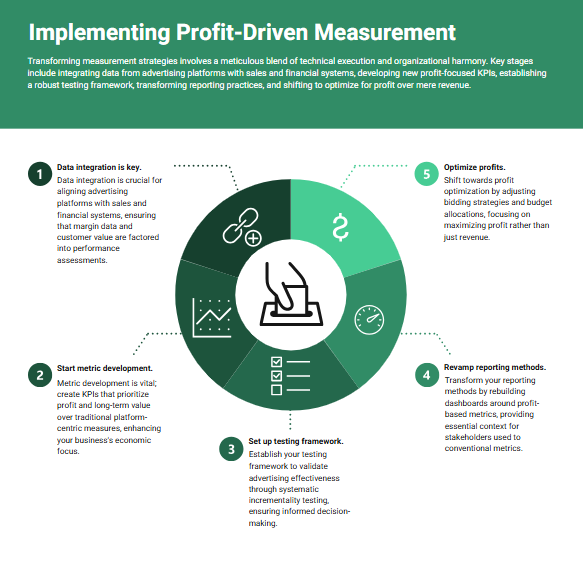
The Future of PPC Measurement
The measurement landscape continues to evolve rapidly. Several emerging trends will shape how advertisers evaluate paid media performance in coming years:
Privacy-centric measurement will become standard as third-party cookies disappear and privacy regulations expand. Modeled conversions and aggregate data will replace individual tracking in many contexts.
AI-powered prediction will enable more accurate forecasting of customer lifetime value from early signals, allowing for better optimization toward long-term outcomes.
Unified measurement frameworks will break down silos between channels, creating holistic views of marketing performance that account for cross-channel effects.
Automated incrementality testing will become built into advertising platforms, making experimental design accessible to advertisers of all sizes.
Real-time profit optimization will replace ROAS bidding as systems gain the ability to incorporate margin data and lifetime value projections into automated bidding decisions.
These developments will further separate sophisticated advertisers from those still relying on outdated metrics. The gap in performance between these groups will likely widen as profit-driven measurement creates compounding advantages over time.
Moving Beyond Vanity Metrics
The path forward is clear. Advertisers must evolve beyond vanity metrics and revenue-focused measurements to truly understand advertising's contribution to business profitability.
This evolution requires technical implementation, organizational alignment, and a willingness to challenge conventional wisdom. It means moving past the comfort of familiar metrics toward more complex but ultimately more valuable measurement frameworks.
The rewards justify the effort. Profit-driven measurement creates competitive advantage, improves resource allocation, and strengthens marketing's position within organizations. Most importantly, it ensures that advertising investments genuinely contribute to business growth rather than simply generating activity.
In a landscape where advertising costs continue to rise and competition intensifies, the ability to identify truly profitable opportunities becomes increasingly valuable. The advertisers who master this skill won't just report better numbers. They'll build more sustainable businesses.
The era of clicks, impressions, and simple ROAS targets is ending. The future belongs to advertisers who understand that profit, incrementality, and lifetime value are the metrics that truly matter.
